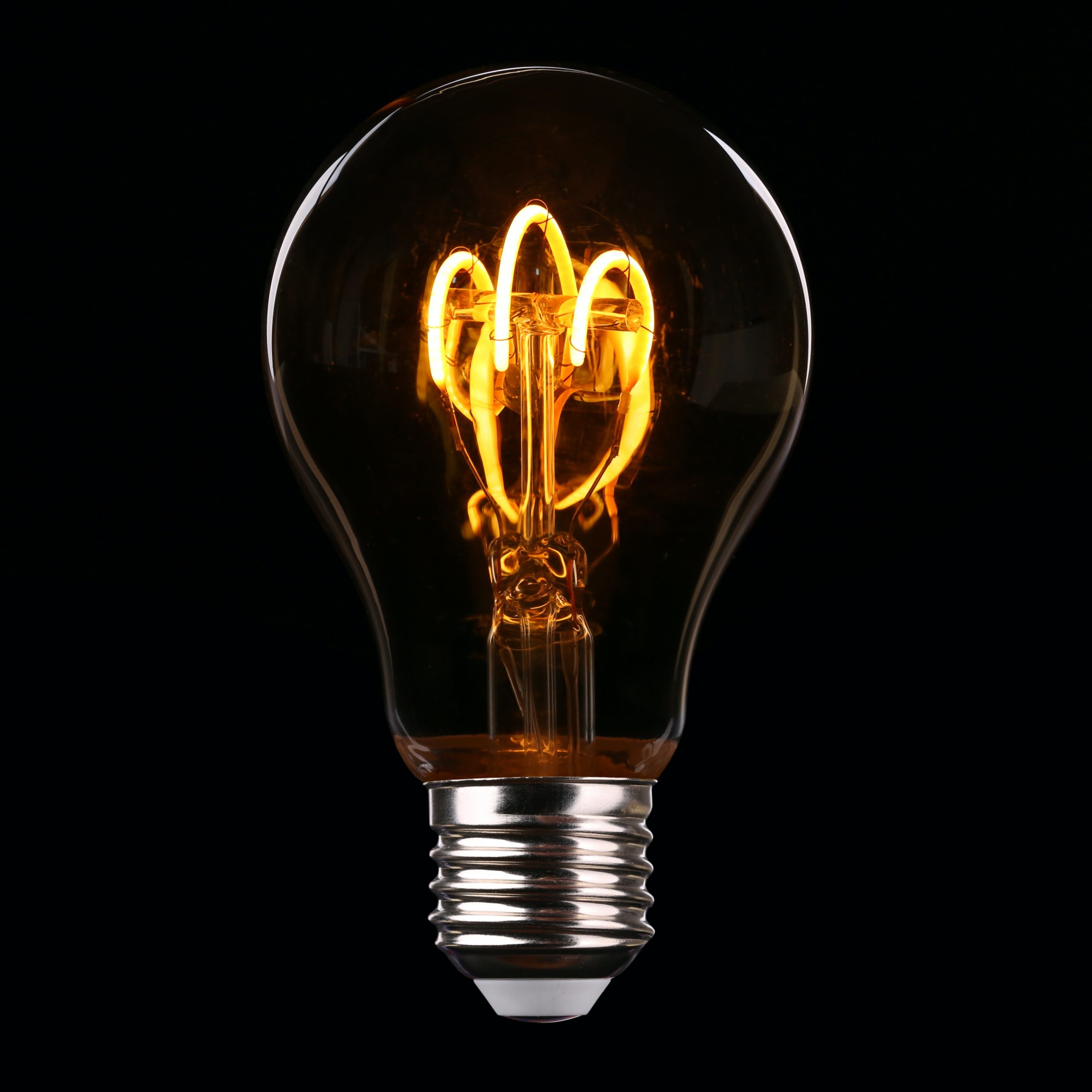On Friday National cabinet met and agreed on the states introducing a cap on wholesale gas and coal. The temporary cap will be set at $12/GJ for gas and $125/t on coal. The caps will not enforce on export contracts therefore not limiting the opportunities on high international prices.
During the meeting it was agreed that the states would sort out the coal cap and the federal government would change laws to legislate the $12/GJ cap on domestic gas. As the caps are focused on the domestic market, they will only have a small impact on the profitability of producers. It is anticipated that only 4% of gas and 10% of coal will be affected by the cap, the remaining volumes will be exposed to international markets.
As the states have been tasked with implementing the cap it is likely they will go down different routes in achieving the same outcomes. The simplest state to implement the changes will be Queensland as the government still owns and control 80% of the coal fired generation fleet. Queensland will likely use its directive powers and instruct its government owned corporations (GOCs) to dispatch the coal assets below specific prices. NSW will likely use changes in law to cap the price for the state.
In line with the price caps, national cabinet also discussed an assistance package to lower the impact on families and business as a result of high inflation and high commodity prices.
The cap mechanism will be used for uncontracted gas and coal, this may have limited impacts on generators as the majority of coal and gas has already been produced under longer term contracts with strike price below the proposed caps.
At this stage it is unlikely that the mechanism will be in place until February despite federal politicians being recalled to Canberra on Thursday to discuss the issue. While the bill will get the support of the House of representatives it is expected the Greens will put pressure on the Government in the Senate to limit any compensation for the coal producers.
When the futures market opened on Monday morning it was evident the traders expect the caps to flow into the market. Both QLD and NSW futures dropped by $20/MWh for later dated quarters and over $30/MWh for Q123.
Edge2020 have an eye on the energy market, enabling us to support customer supply and demand agreements. Our clients rely on our experts to ensure they are informed, equipped, and ideally positioned to make the right decisions at the right time. If you could benefit from an expert eye on your energy portfolio, we’d love to meet you. Contact us on: 1800 334 336 or email: info@edge2020.com.au

